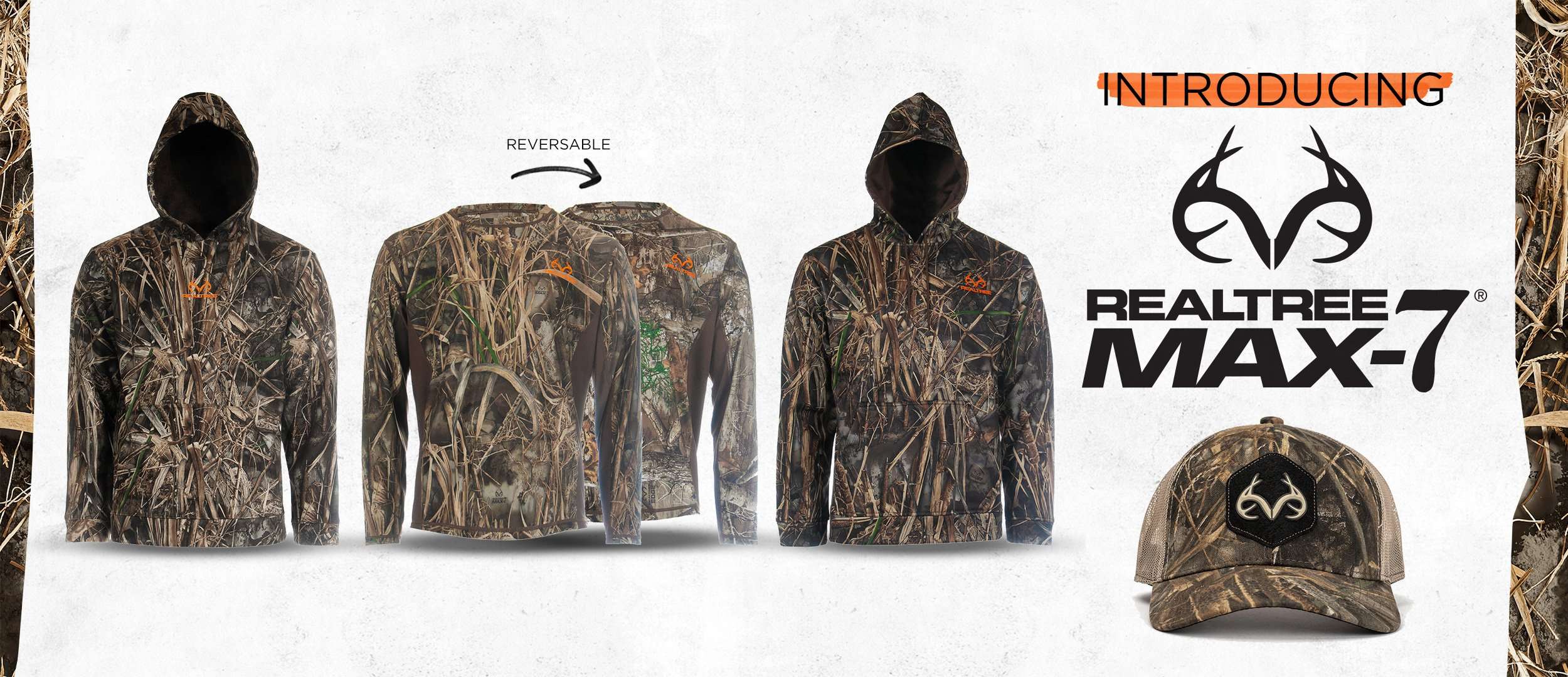Once a spike, always a spike? Not hardly. This one turned into a record-class deer.
The process of getting a whitetail from the button buck stage to the Boone and Crockett category is a mystical journey that includes a complex assortment of variables. It takes four basic ingredients to produce a buck with a 170-inch rack: age, genetics, habitat, and herd management.
I've been fortunate to hunt whitetails from New York to Texas to Saskatchewan, with many stops inbetween. I've also had the unique opportunity of raising whitetails and studying their behavior. My journey as a hunter, photographer and researcher has taught me a few things about deer. And one is that the size of a yearling's antlers is seldom a predictor of what its antlers will be when it fully matures.
Too often, hunters feel they can tell a buck's potential by the antlers it grows as a yearling. When I was a young man in the 1960s, many researchers felt that yearling spike bucks were genetically inferior, at least from an antler standpoint. Time has a way of changing people's minds and we now know that it's extremely difficult to tell a buck's antler potential by the kind of antlers it grows as a yearling. The photos that accompany this essay help to illustrate and refute the old claim of "once a spike, always a spike."
(Editor's Note: The late Charles Alsheimer originally compiled this story with photos for Realtree.com in October of 2013. To this day, it's one of the "most viewed" stories ever published on our website.)
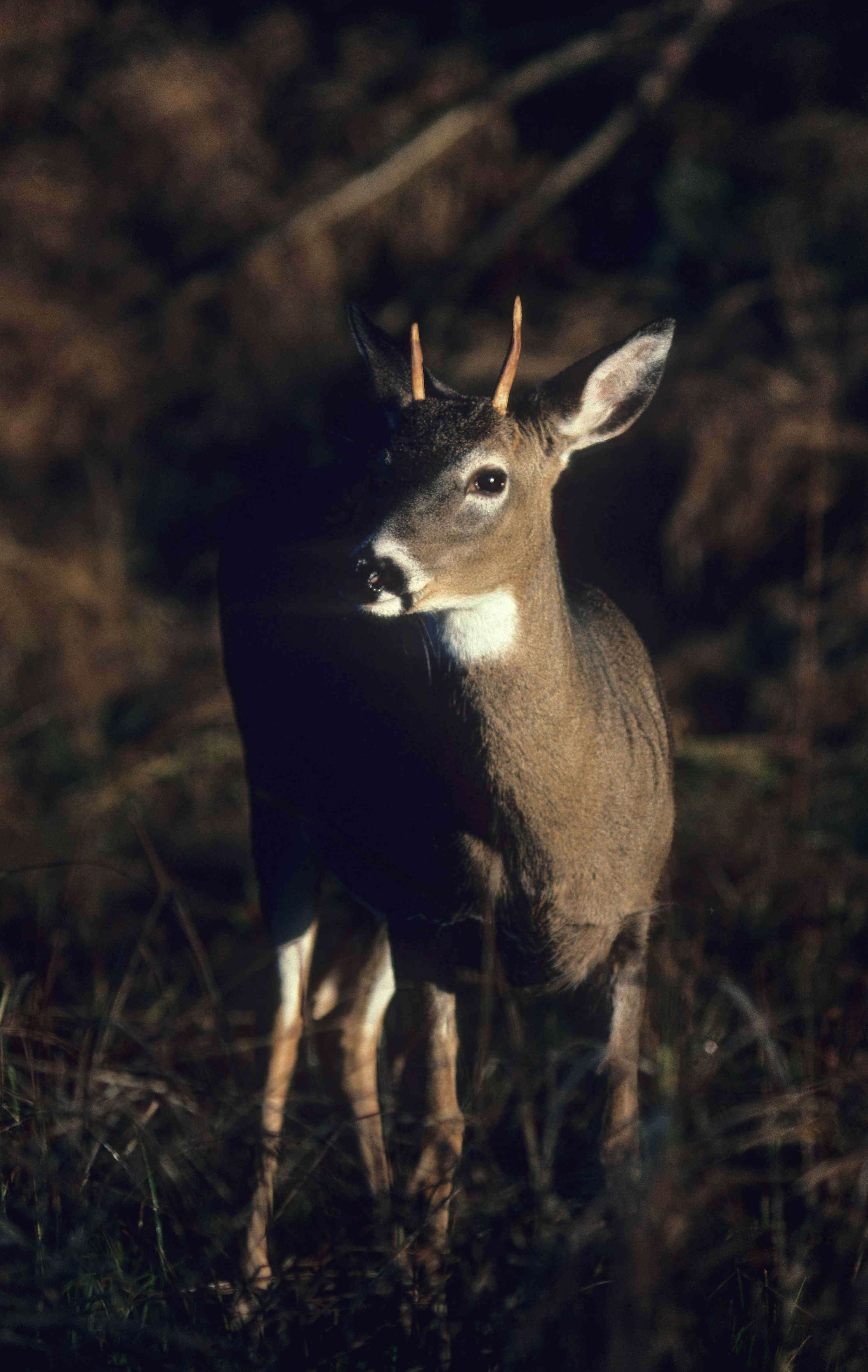
I had the privilege of photographing this buck his entire life. He was born on a wilderness estate in the heart of New York's Adirondack Mountains. The family owned 3,000 acres and allowed no hunting on the property. The family also fed supplemental feed to deer living in the area. This buck was one of about 30 to 40 deer that stayed on the property. Herd numbers never got out of control due to severe winters and a healthy black bear and coyote population.
1 1/2: As a yearling, this buck grew 3-inch spikes - not a very impressive start compared to what he would turn into at 4 1/2 years of age.
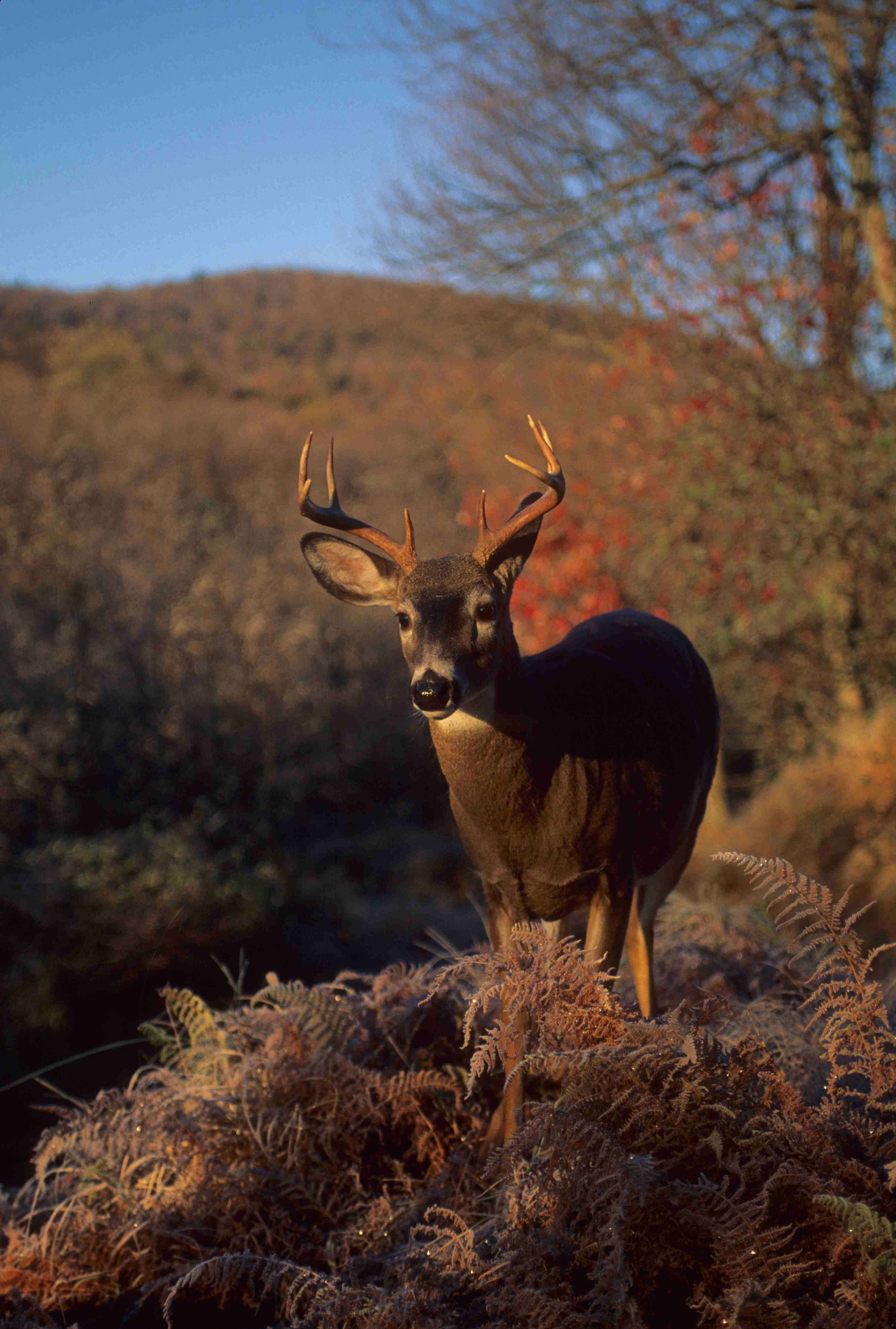
2 1/2: When the buck reached 2 1/2 years of age, his body was typical for a buck of that class. However, his 85-inch, 8-point antlers were spindly and more typical of what a yearling's antlers might look like in the rich farm-belt of the Midwest.
(Don't Miss: When is it OK to Hunt a Property Line?)
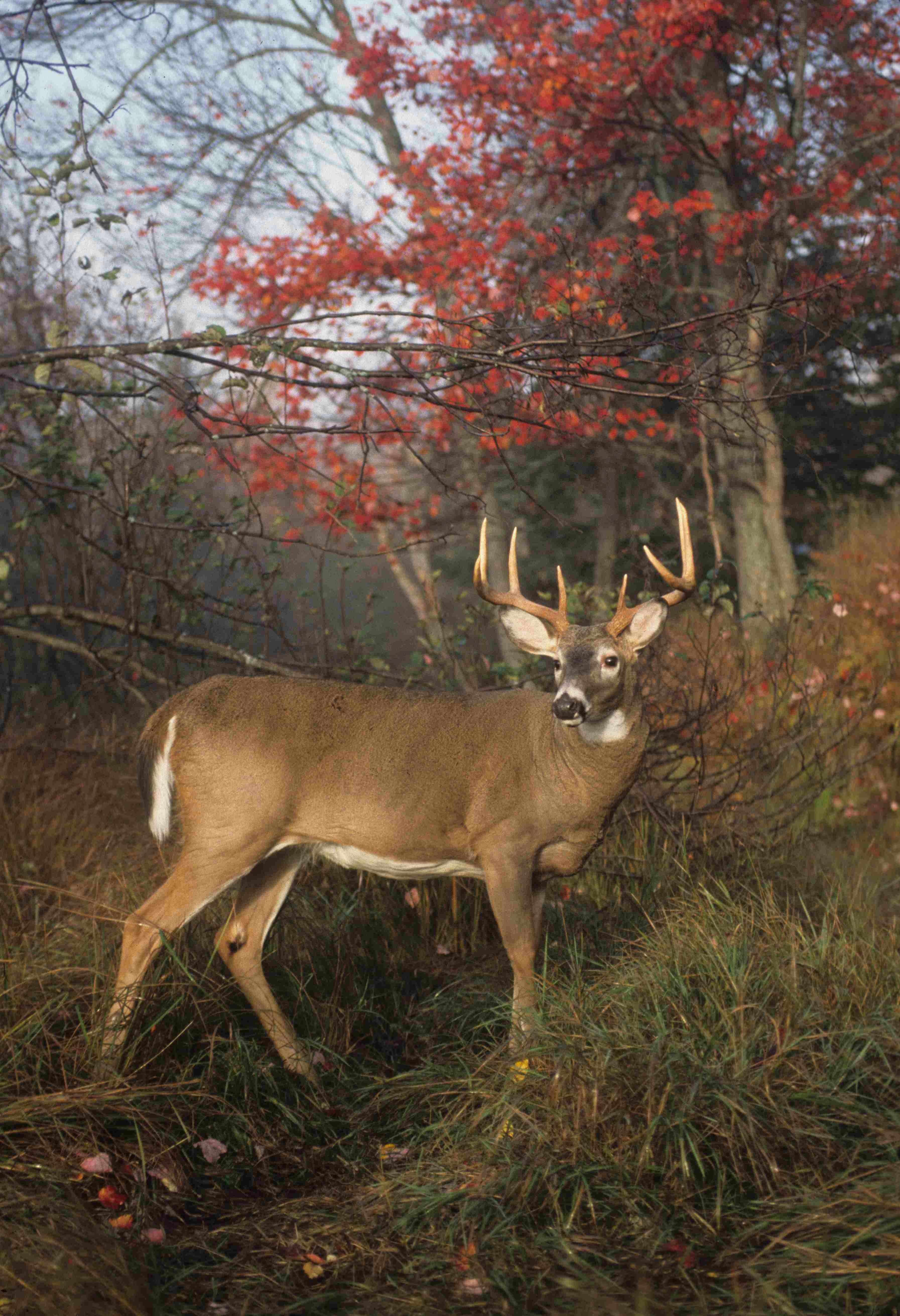
3 1/2: When a whitetail reaches 3 1/2 years of age, its skeletal frame is done growing. From this point on the nutrients that previously went to bone growth can be transferred to muscular and antler growth. At 3 1/2, this buck was again an 8-pointer, but he began to show antler potential. His antlers had a gross score of 122-inches (B&C). His estimated live weight was approximately 200 pounds.
The first three years of this buck's life were typical of bucks living in an area having fully-mature bucks in the population. Though he made many scrapes and rubs when he was 2 1/2 and 3 1/2, he exhibited all the common behaviors one would expect of a subordinate buck.
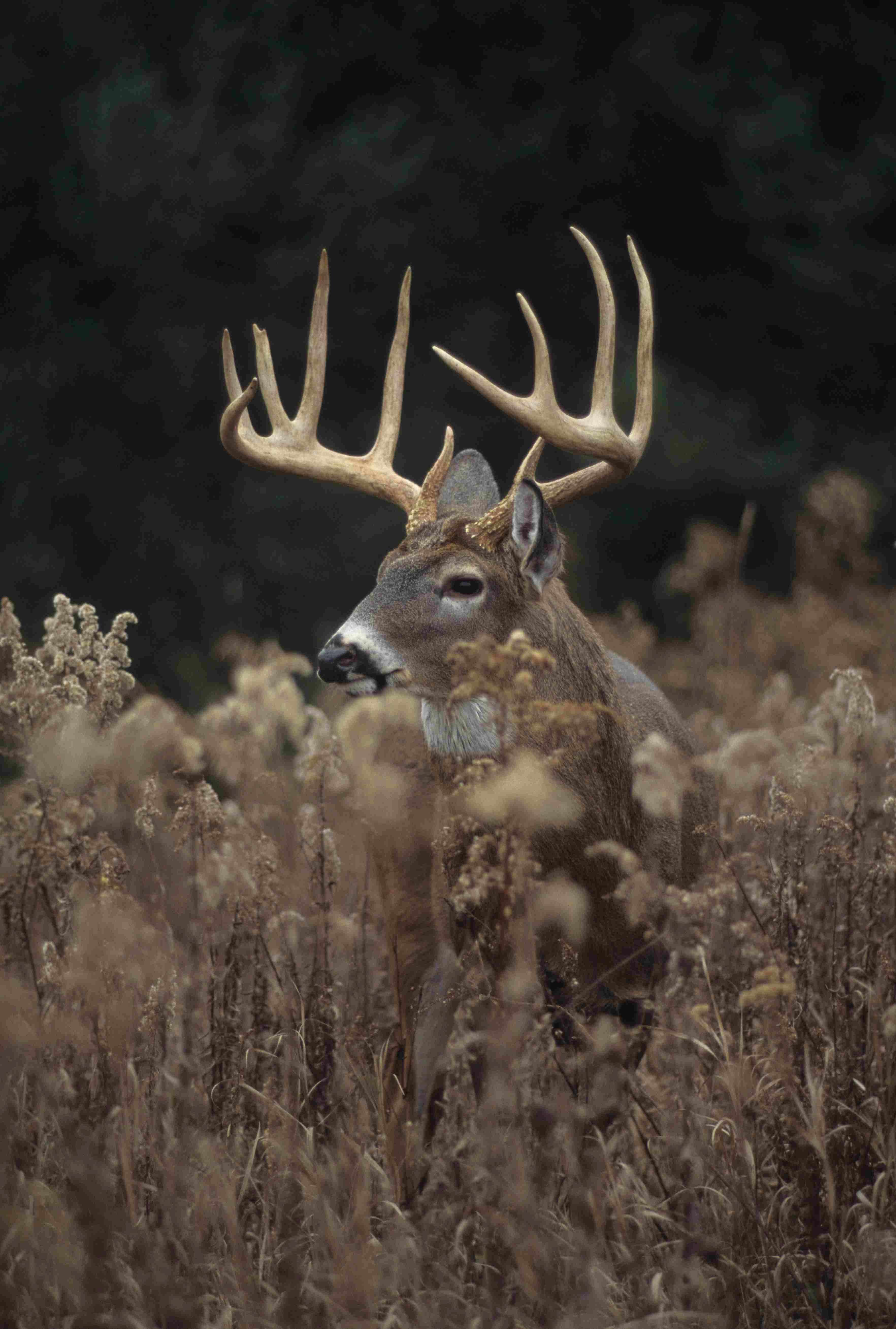
4 1/2: As you can see, his antler growth exploded the next year, which is quite typical of what takes place between ages 3 and 4. He blossomed into a 164-inch 11-pointer with an estimated body weight of about 240 pounds.
(Don't Miss: Pennsylvania Record Buck Hid in Garage for 60 Years)
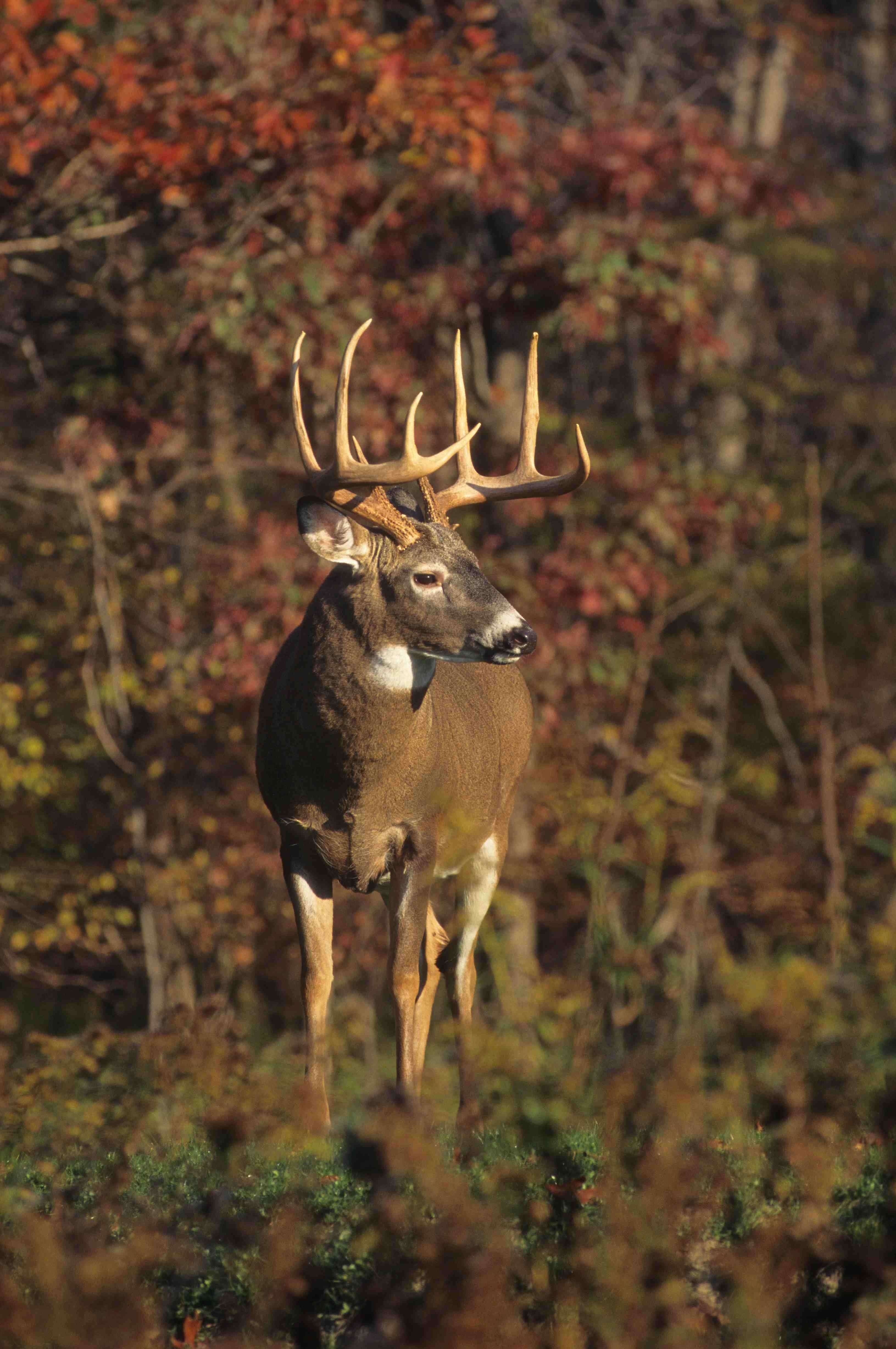
5 1/2: His antlers grew a little different from the previous year. He turned into a basic 9-pointer, but in spite of having two fewer points, his antlers were slightly larger than the previous year - 165 inches. His estimated body weight was 250 pounds.
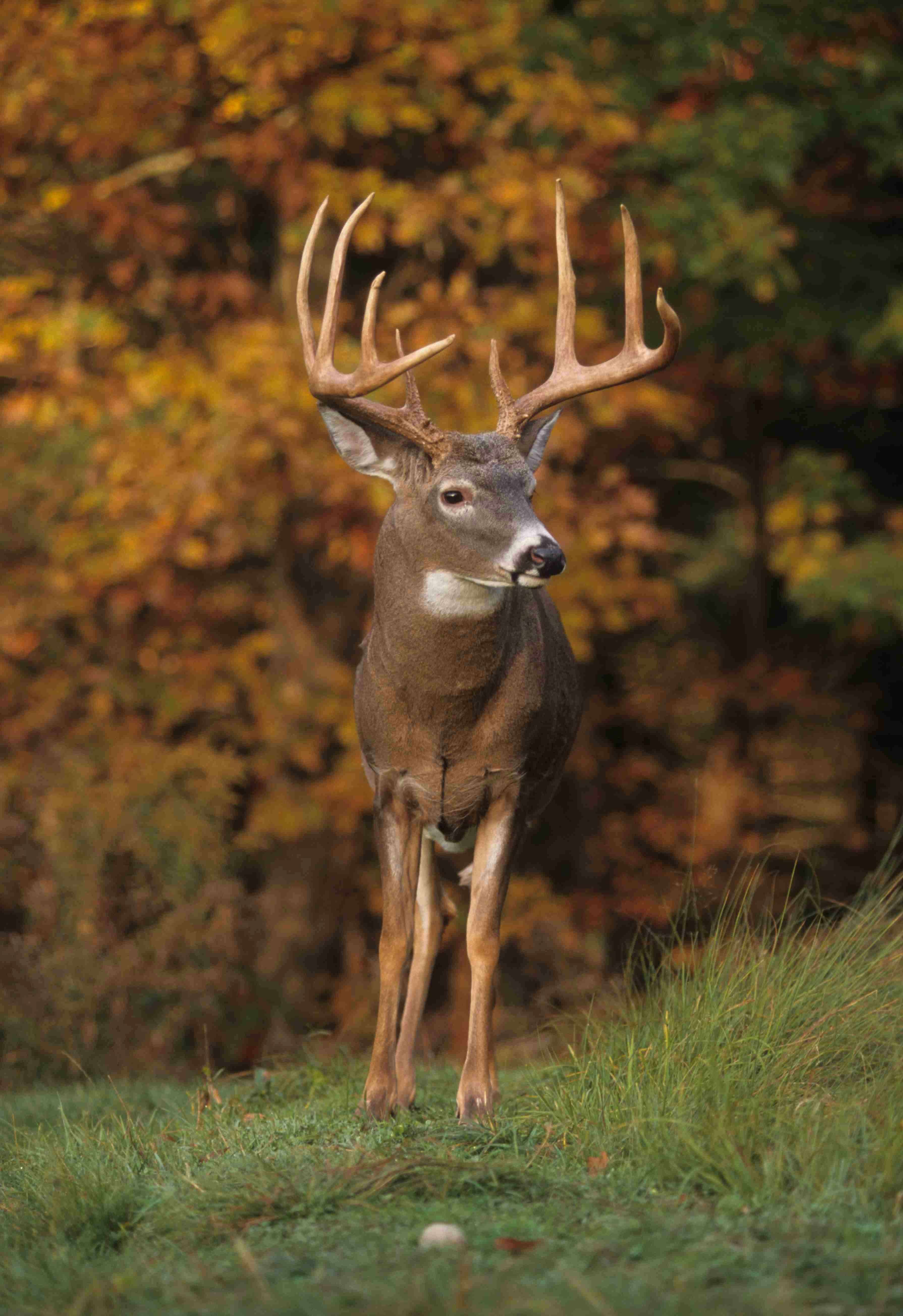
6 1/2: It took him six years, but he finally made it to the magical Boone & Crockett class of 170 inches (for typical bucks). Though only a 4x5, he measured 169 inches, which is the biggest he ever grew. His estimated live weight was about 260 pounds.
(Don't Miss: Story of a Mega Ohio 9-Point)

7 1/2: Still in his prime, his antlers began to decline slightly. He was a 4x5 and his antlers scored 166 inches. His estimated live weight was still in the 250- to 260-pound range.
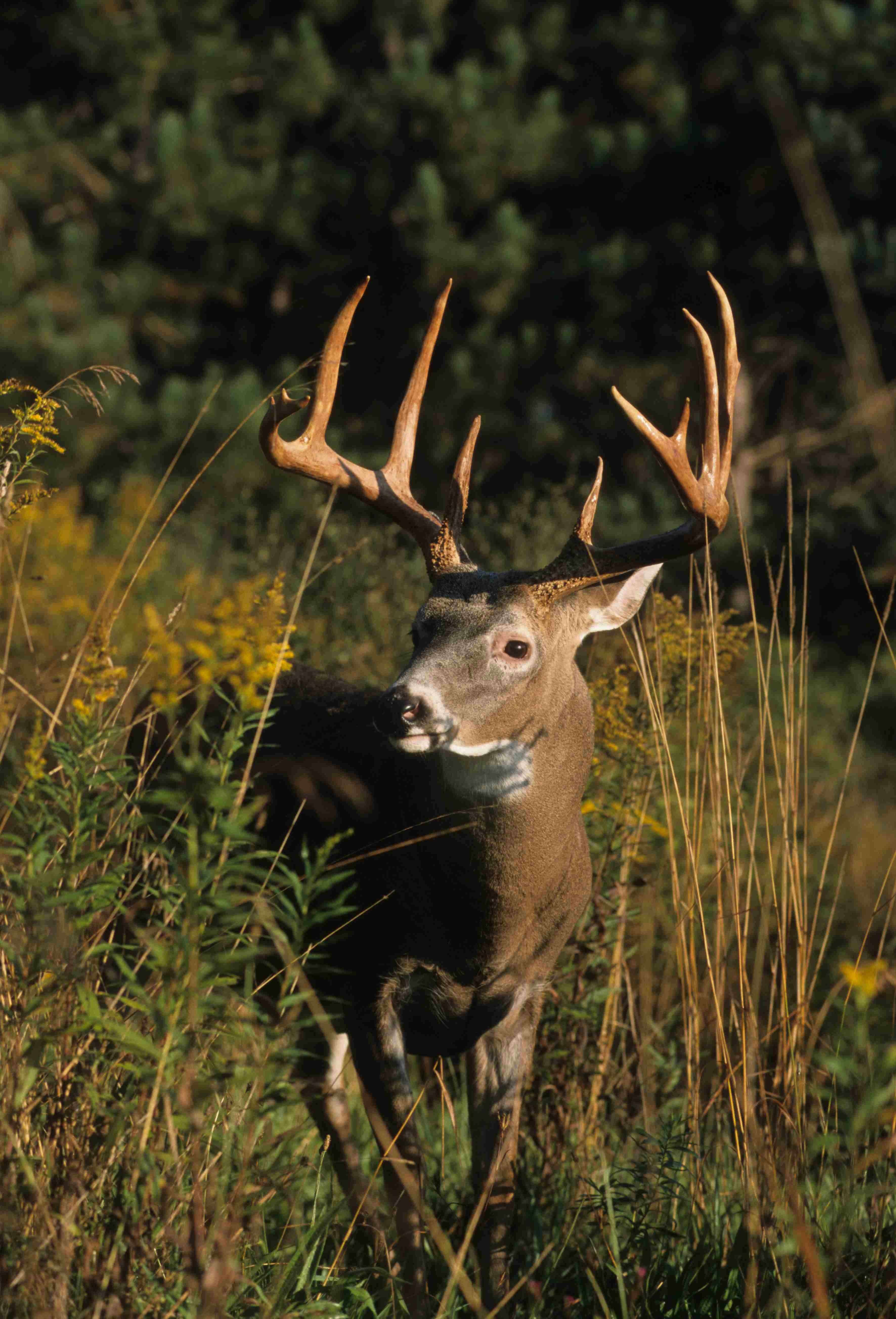
8 1/2: He grew a 4x5 rack again, but really began to show his age. His antlers had 160 inches of bone and his estimated live weight was slightly below 250 pounds.
(Don't Miss: 25 Tips for New Deer Hunters)
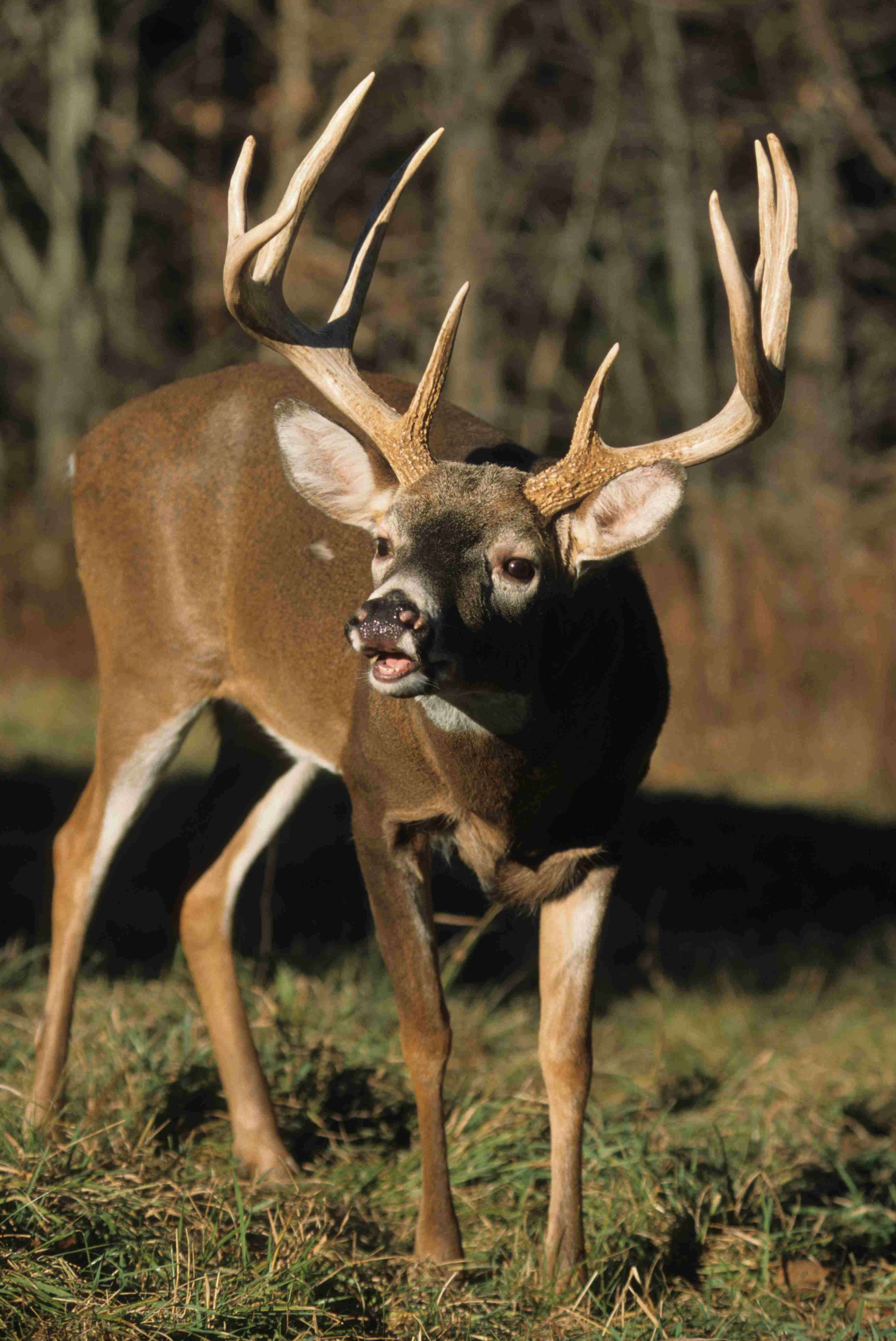
9 1/2: For the first time since he was 4 1/2, the buck was more than a 4x5. He sported a clean, 160-inch 5x5 set of antlers. Soon after, age began to take its toll on the majestic buck. His fur started showing some of the battle scars from years of fighting, and his estimated body weight barely eclipsed 225 pounds.
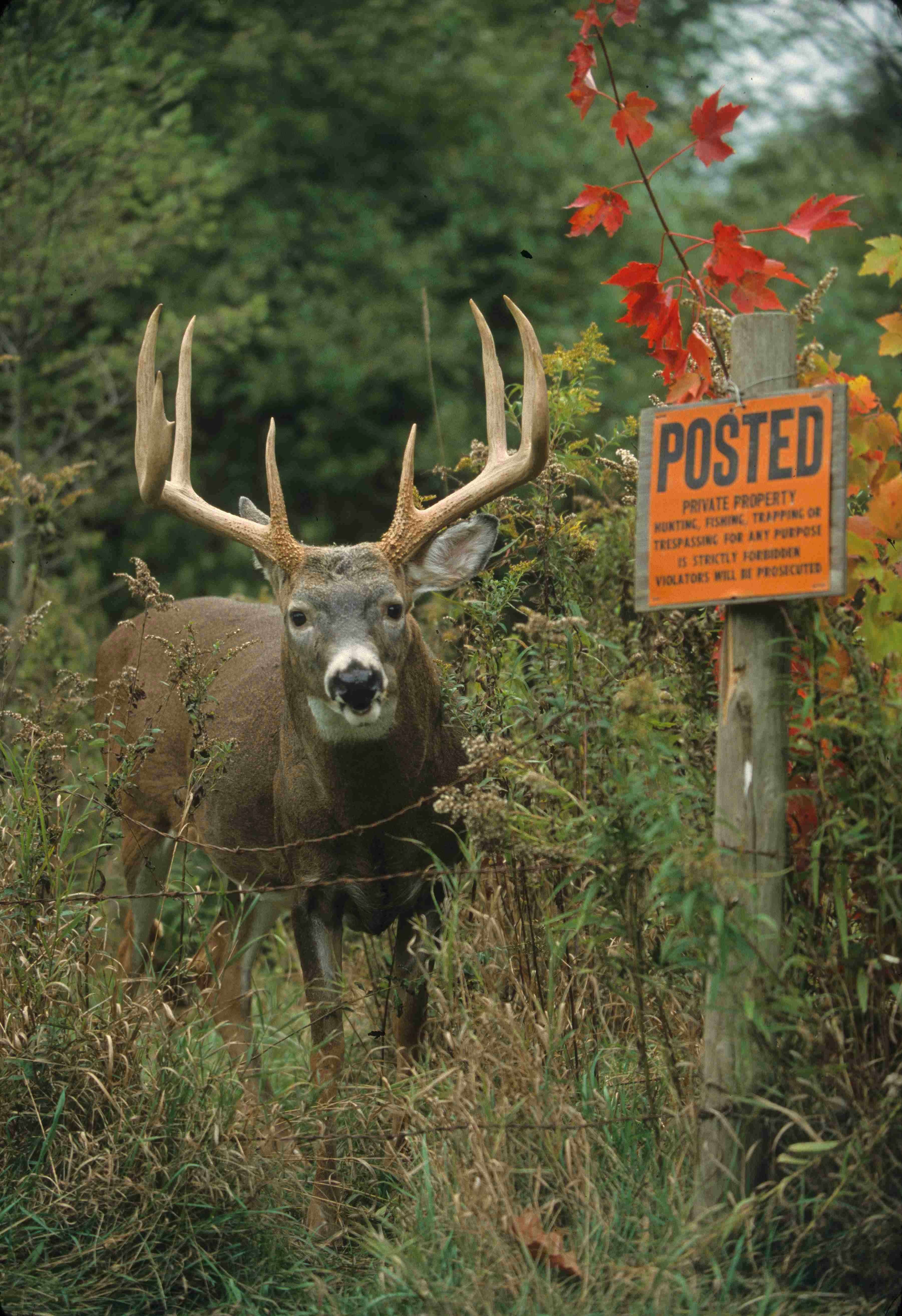
10 1/2: At this age, he was a basic 4x4. His antlers scored 156 inches, which is still very impressive for an 8-pointer, and such an old deer. His estimated body weight appeared to be about the same as the previous year.
(Don't Miss: What Will Deer Hunting Be Like in 10 Years?)
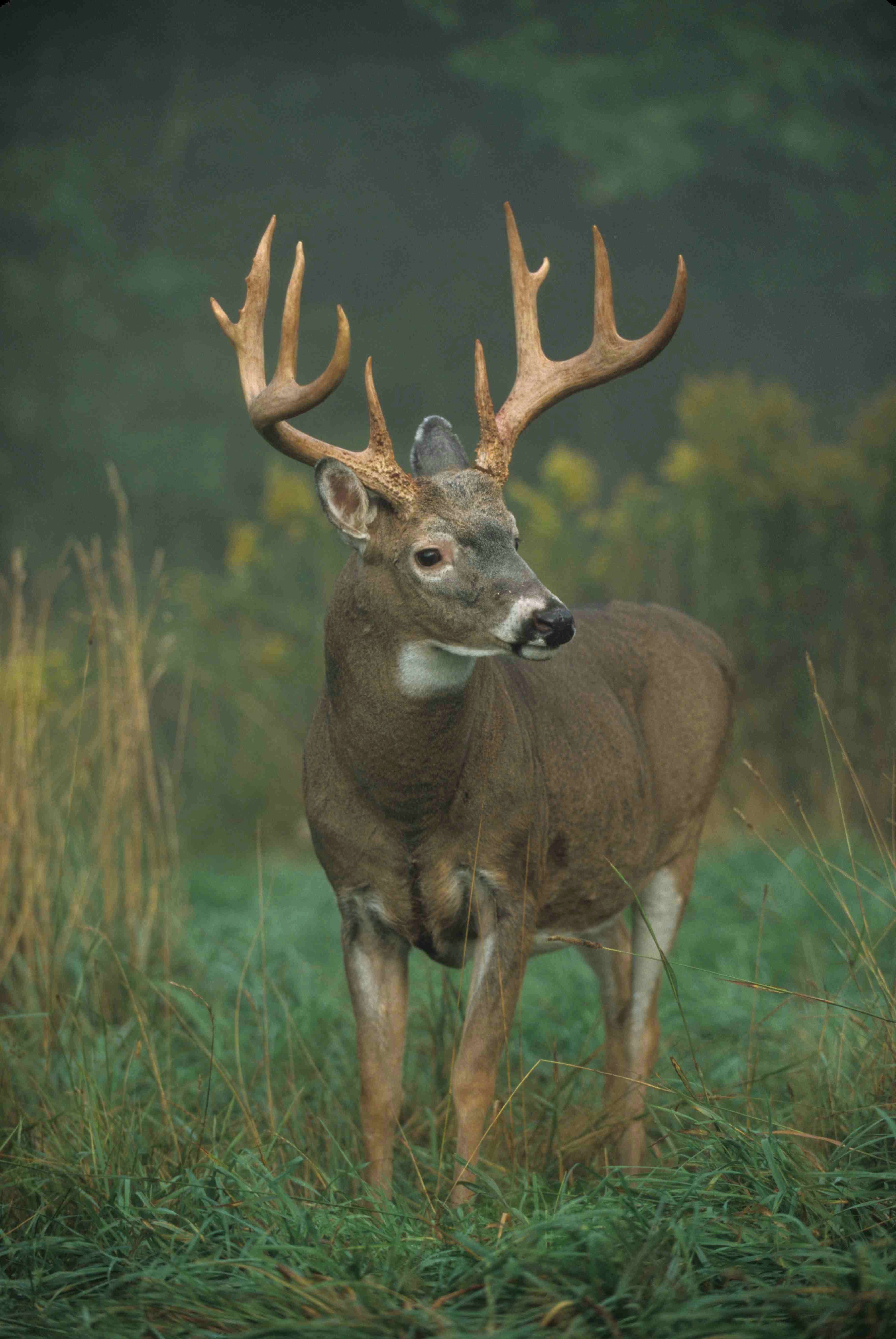
11 1/2: By this point, in human terms, the buck had become an old man. As the photo illustrates, the aging process took a toll on both body and antlers. His antlers were 143 inches and his estimated live weight was barely 200 pounds.
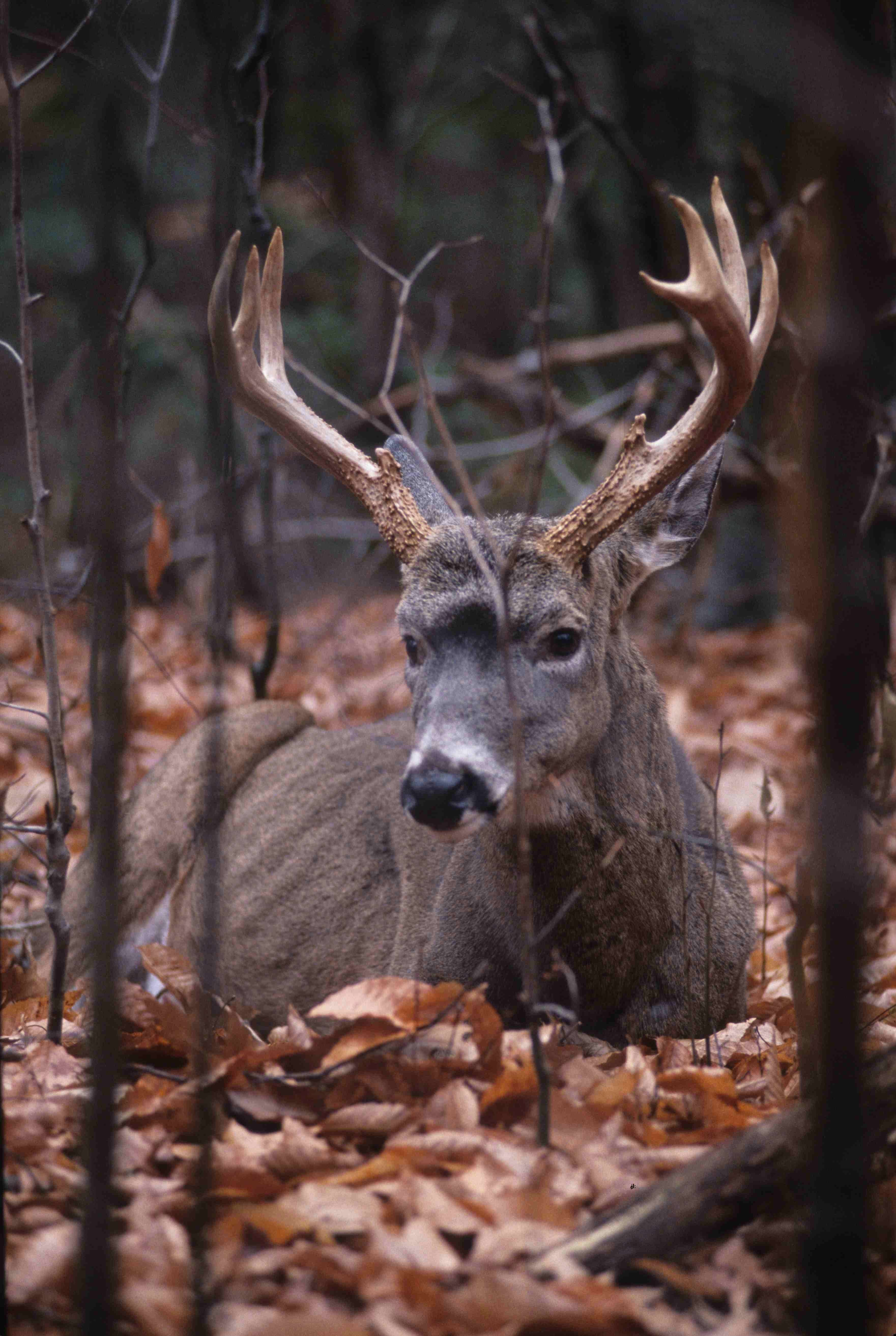
12 1/2: The end was near for this monarch. I took this photo two weeks before he died, just before the first snow fall in November. At death, his body weight was 130 pounds and his antlers were 105 inches.
(Don't Miss: Brian Butcher's Crazy Kansas Monster)
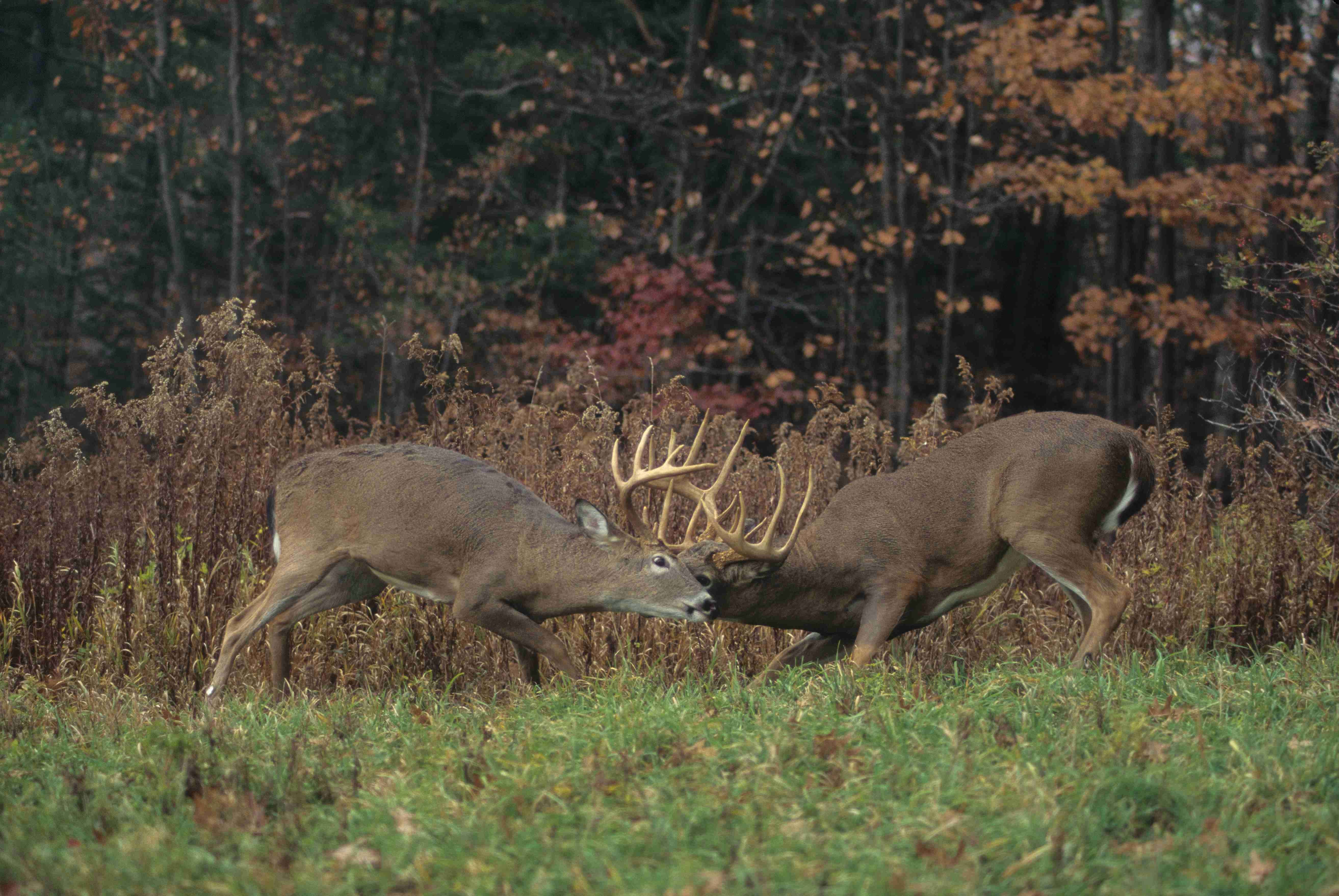
Once he reached 4 1/2, his large antlers, body size and aggressive attitude served notice to every buck in his core area. Even though some whitetails would challenge him, he was clearly the dominant buck in his core area from 4 1/2 to 8 1/2 years of age.
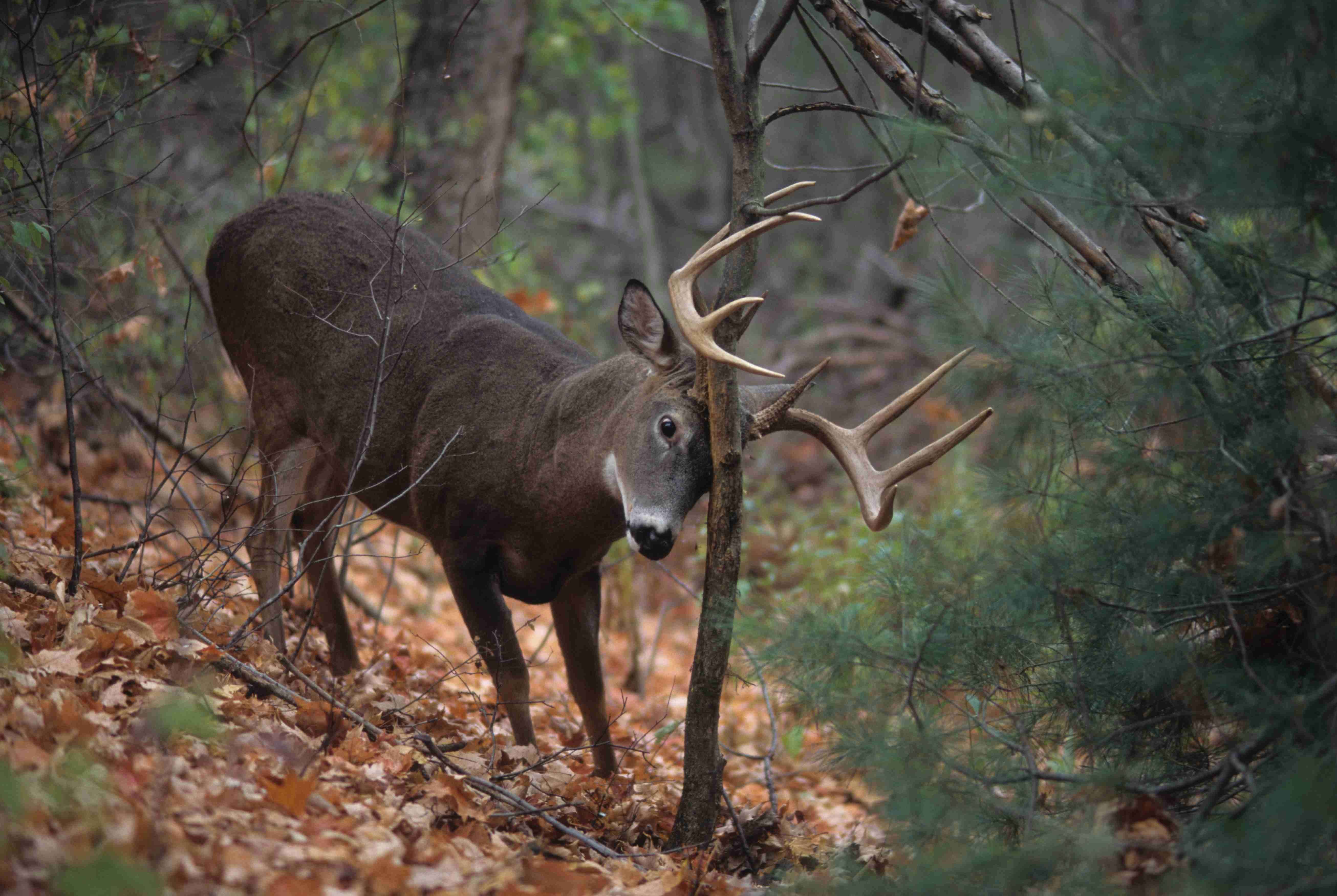
Since he was the dominant buck, throughout the autumn months when he was 4 1/2 to 8 1/2, he was a scraping and rubbing machine. He laid down a lot of sign.
(Don't Miss: Three Giant Bucks in One Incredible Season)
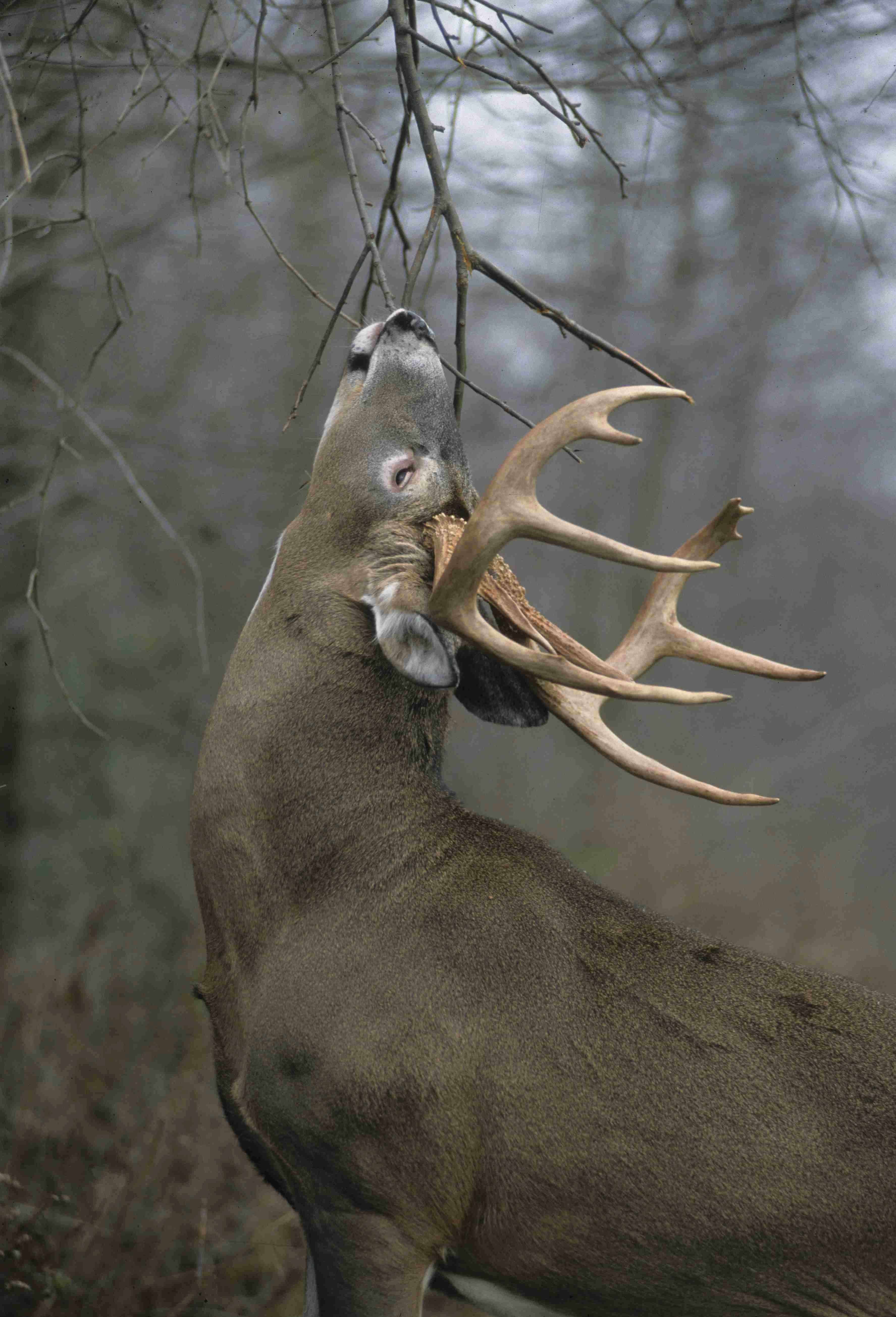
When this buck was 9 1/2, he took a terrible beating from a younger, mature buck and he was never the same again. From this point on, he shied away from other mature bucks and became very reclusive.
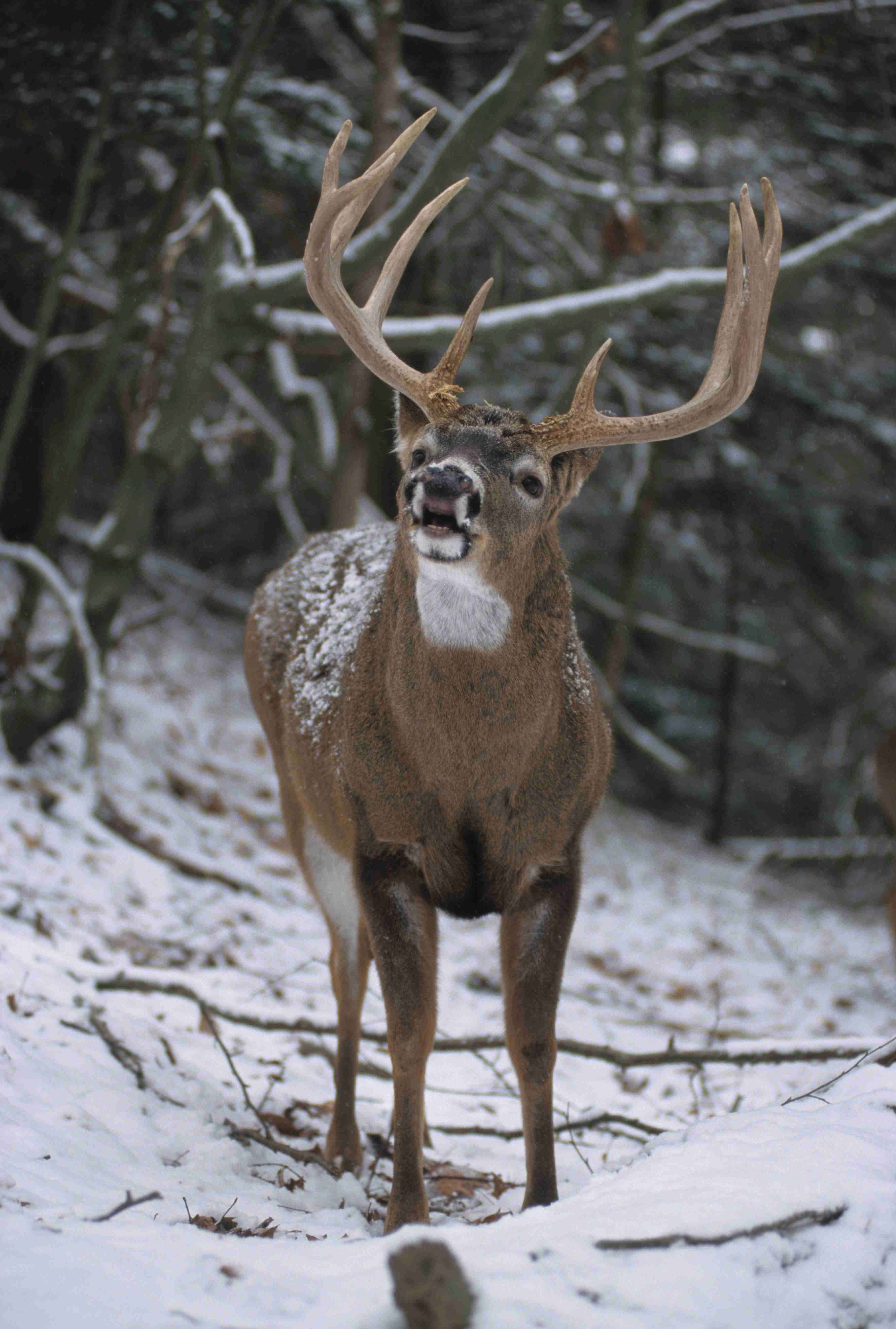
"Once a spike, always a spike." Hardly. As this photo essay shows, you never know what a whitetail buck's antler potential will be until it reaches full maturity, which usually doesn't occur until it is 6 to 7 years old.
(Don't Miss: 10 More Deer Hunting Myths Debunked)

